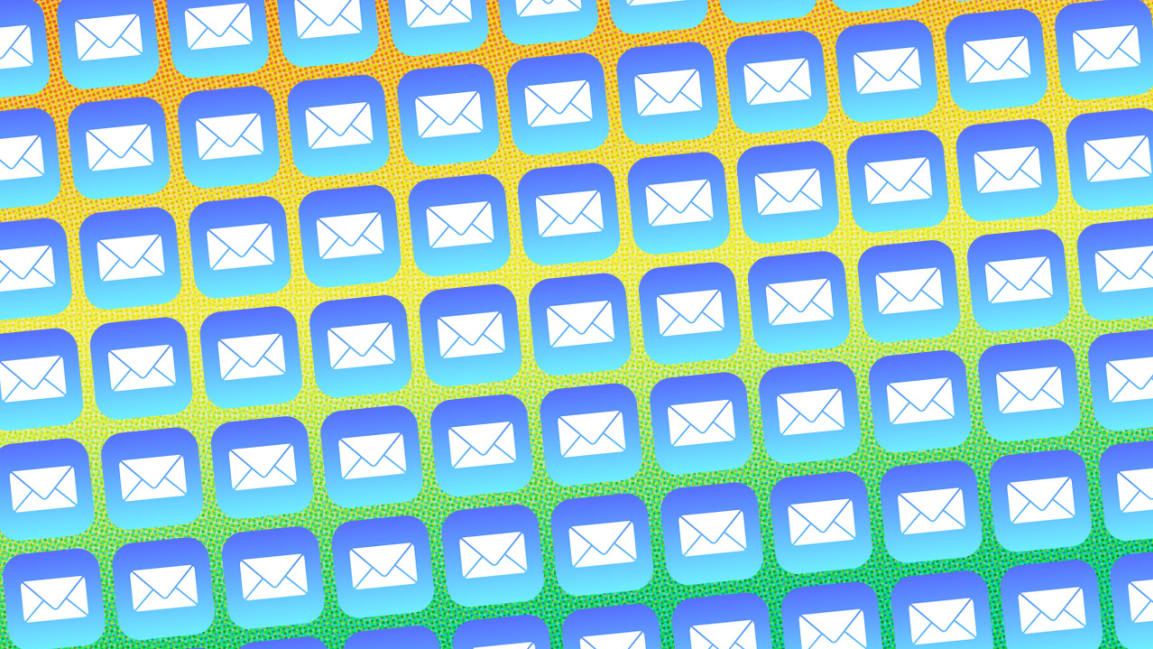9 amazingly simple ways for people to respond to your messages.

On average, we get 120 messages every day. Below are a few ways to make your messages visible and get an answer to them.
E-mails and text messages are easy to send, but they have simply become ignored. Considering that more than 120 letters arrive to the average person in tek per day, it is difficult to be sure that they will read your letter and answer it. The same goes for our social networks. We have prepared for you 9 life hacking, which will increase your chances of getting an answer.
1. Ask to reply to the message in the subject line
It sounds simple, but sometimes all you have to do is ask for an answer. “If an e-mail requires a response, then notify the recipient in the subject line of the letter,” suggests Janine Adams, organizer of events from St. Louis. “Sometimes I respond to messages only if at the end of the letter’s subject it says“ - I NEED AN ANSWER, ”she says. “This is very effective.”
2. Change the subject of the letter when the subject changes
The subject matter may vary, especially in long correspondence, which makes the original subject of the letter inappropriate. “People disconnect and stop reading letters as soon as they receive the information they are interested in, thinking that all further letters do not apply to them,” says Diane Buchen, author of the book “What else can I say? Why communication does not add up and what to do about it. ” “So they miss important details and events.” By updating the subject line in the message thread, you re-engage all the participants in the discussion. ”
3. Do not neglect the greeting
“When an e-mail starts without addressing the recipient by name, he may think that this is a mass mailing and the letter does not require an answer,” says Peggy Duncan, author of The Pocket Time Management Handbook: Create Time for Your Life. “In addition, your letter can be understood as a requirement, and not as a request,” she says. “And starting the letter with a greeting is simply more polite.”
4. Start your letter with a clear request.
“Do not hide the purpose of your email; Start by describing the desired response and the time it was received, ”says Lisa Zaslow, an event organizer in New York. “For example:“ Please tell us by the end of the day if we can meet on the 21st at lunchtime, ”she says.
5. Adhere to the rule of "golden mean" in the volume of the letter.
According to the study of the email marketing platform Boomerang, the frequency of responses to letters will increase by half if your letter is between 50 and 125 words. The response rate slowly decreases from 50% for messages from 125 words to about 44% for messages from 500 words. After that, it remains unchanged to a volume of 2000 words, and then sharply reduced.
6. Use third grade language
A study of the Boomerang platform found that the complexity of the language in the letter greatly affects the likelihood of an answer. Letters written at the third grade level, using simple constructions and fewer words in the sentence, were more comprehensible. They were answered 36% more often than letters written in academic language, and 17% more often than those written in the language of the senior classes. If you want to check the readability of your texts, this can be done on ReadabilityScore.com.
7. Use emotions
A study of the Boomerang platform showed that using moderate amounts of emotionally-colored words, such as “great, wonderful, admiring, contented, poor, hateful, violent, terrible,” increases the likelihood of a response to a letter by 10–15% compared to neutral or unnecessarily emotional emails.
Alex Mor, CEO of the Boomerang platform, says that if you send a complaint, for example, it’s better to formulate it as “Today, a terrible situation has happened to you in your store. The employee was very rude to me. Please correct the situation ”instead of“ Your shop sucks. Your coworker is a jerk. I hope you die in agony. ”
8. Format text
“Use bold and different colors to highlight the expected answer,” Zaslow suggests. Formatting may not appear in the recipient's letter, it depends on the compatibility of mail services, but it's worth a try.
Duncan adds that you can use bulleted lists to increase the readability of the text, and also use a different text color to draw attention to the deadlines.
9. Consider the time of sending the message.
Send letters in the morning. According to a study of 500,000 e-mails conducted by the supplier of tracking software for Yesware e-mails, e-mails sent from 6 to 7 in the morning receive the highest reading rates - about 45%. In this period of time, fewer letters are sent, which reduces competition.
')
Source: https://habr.com/ru/post/448386/
All Articles